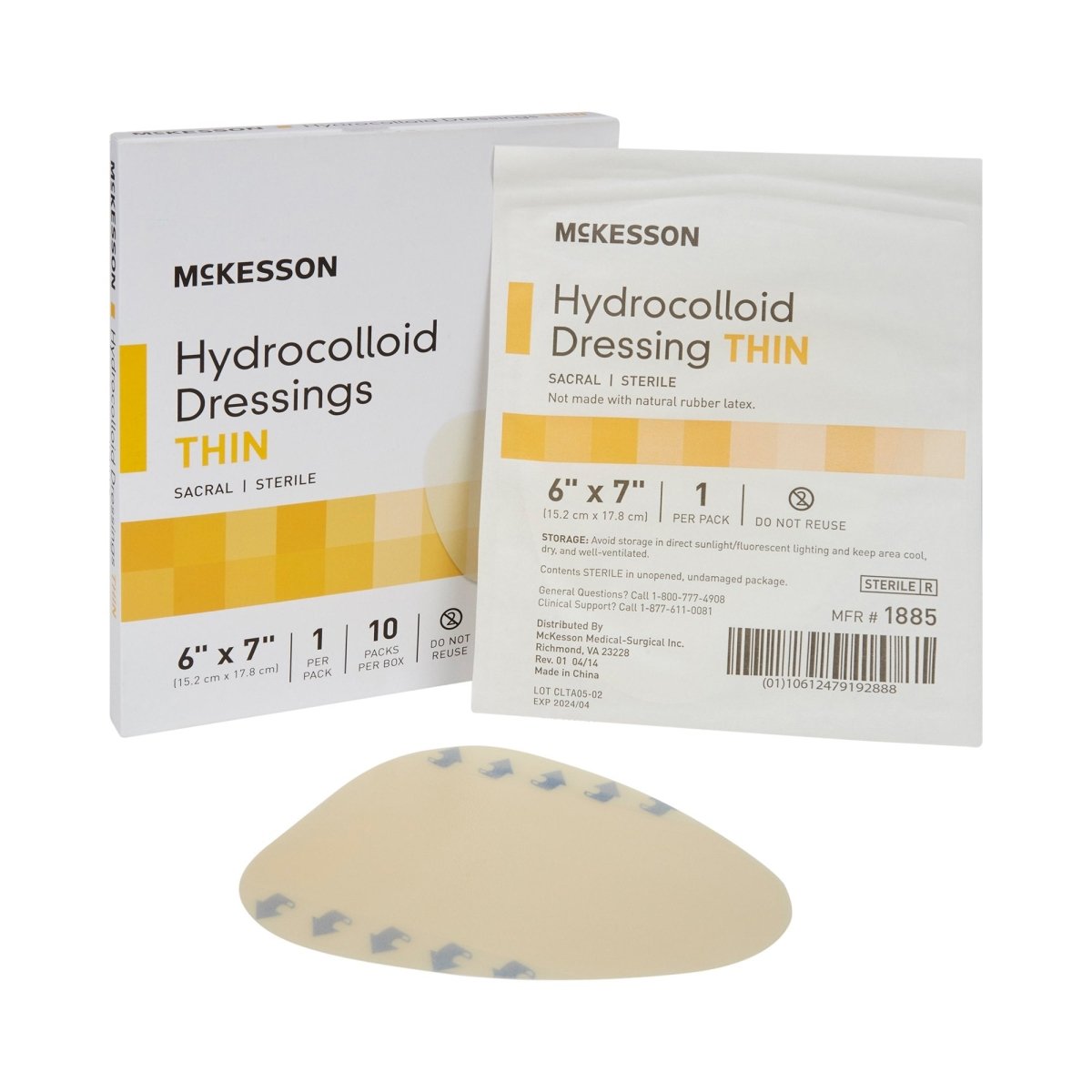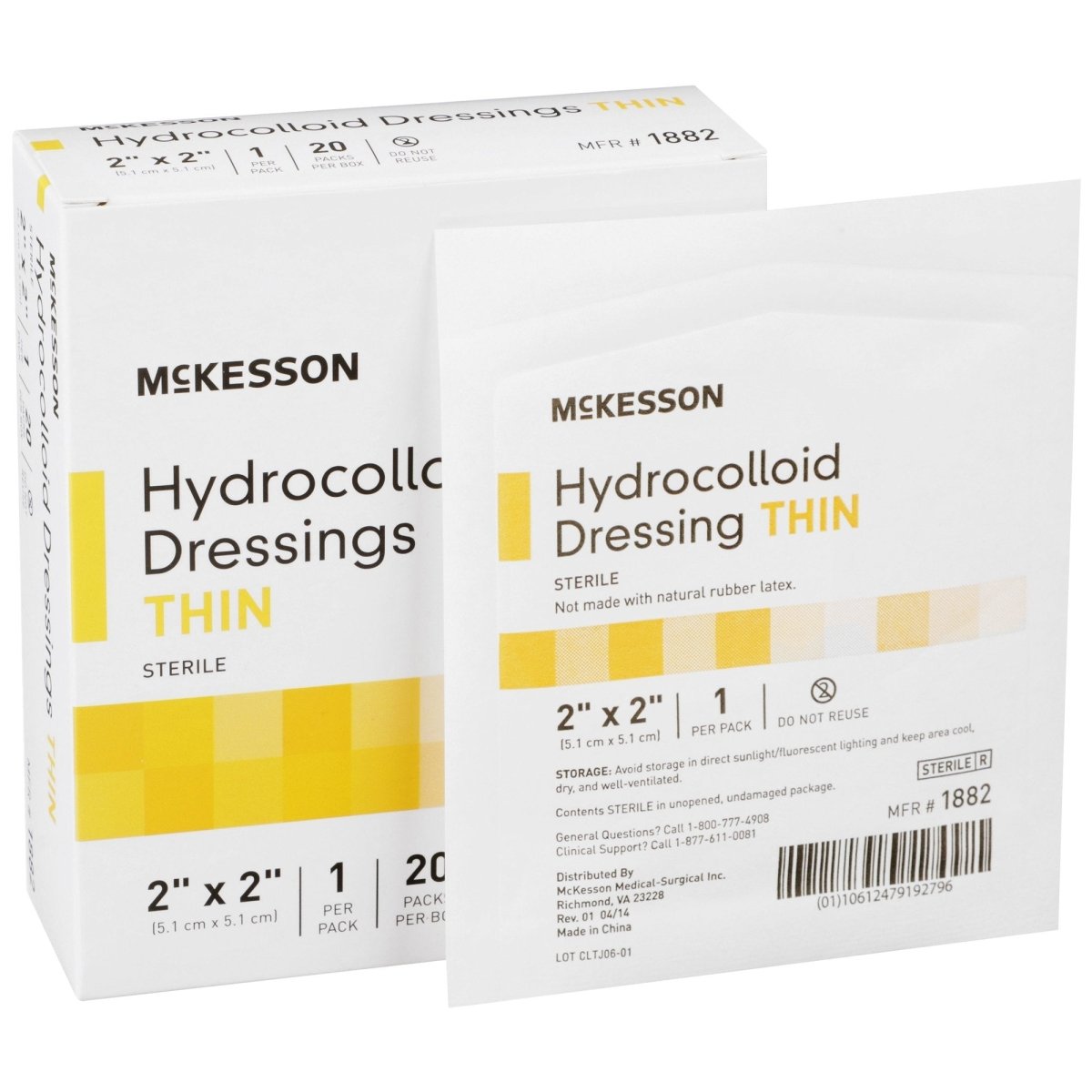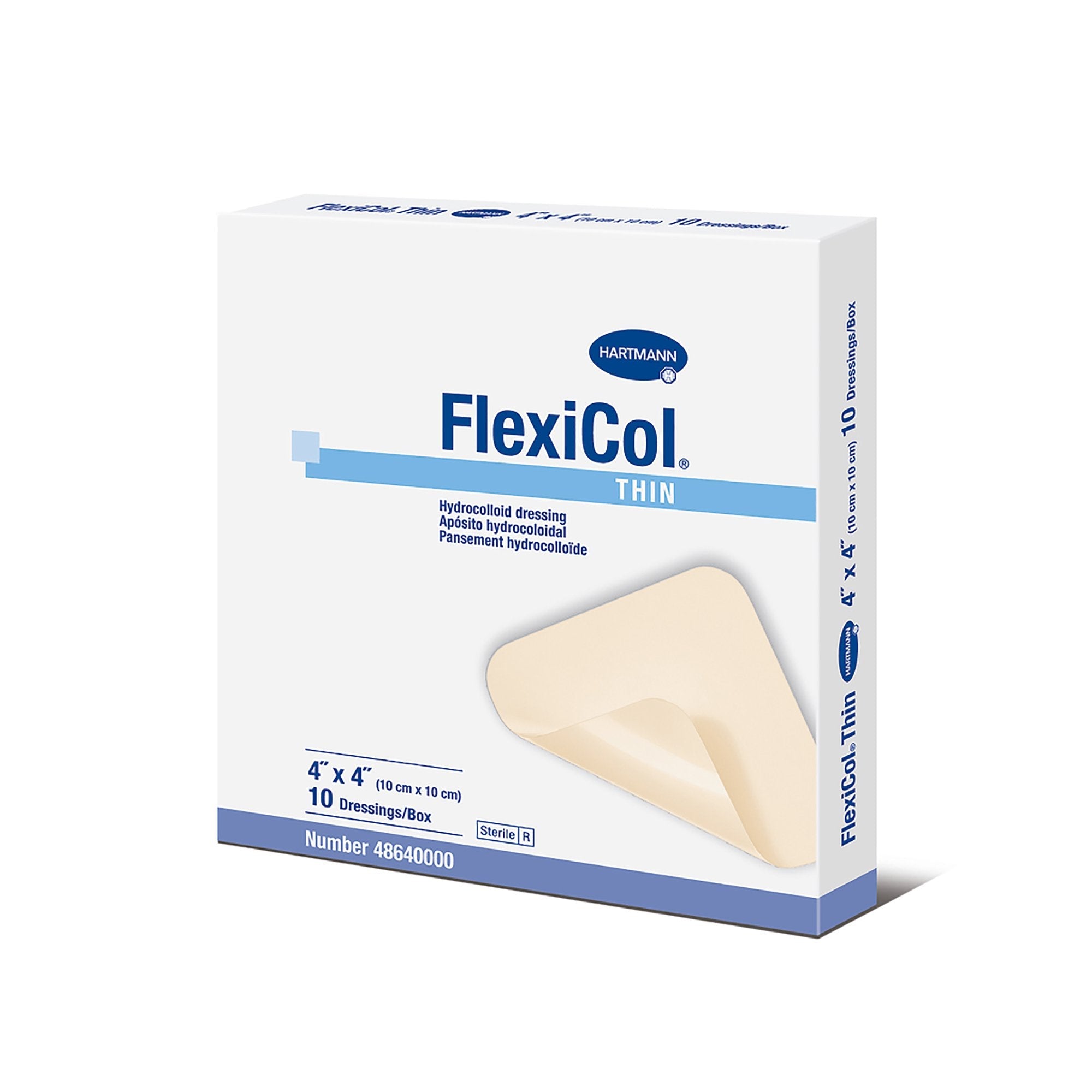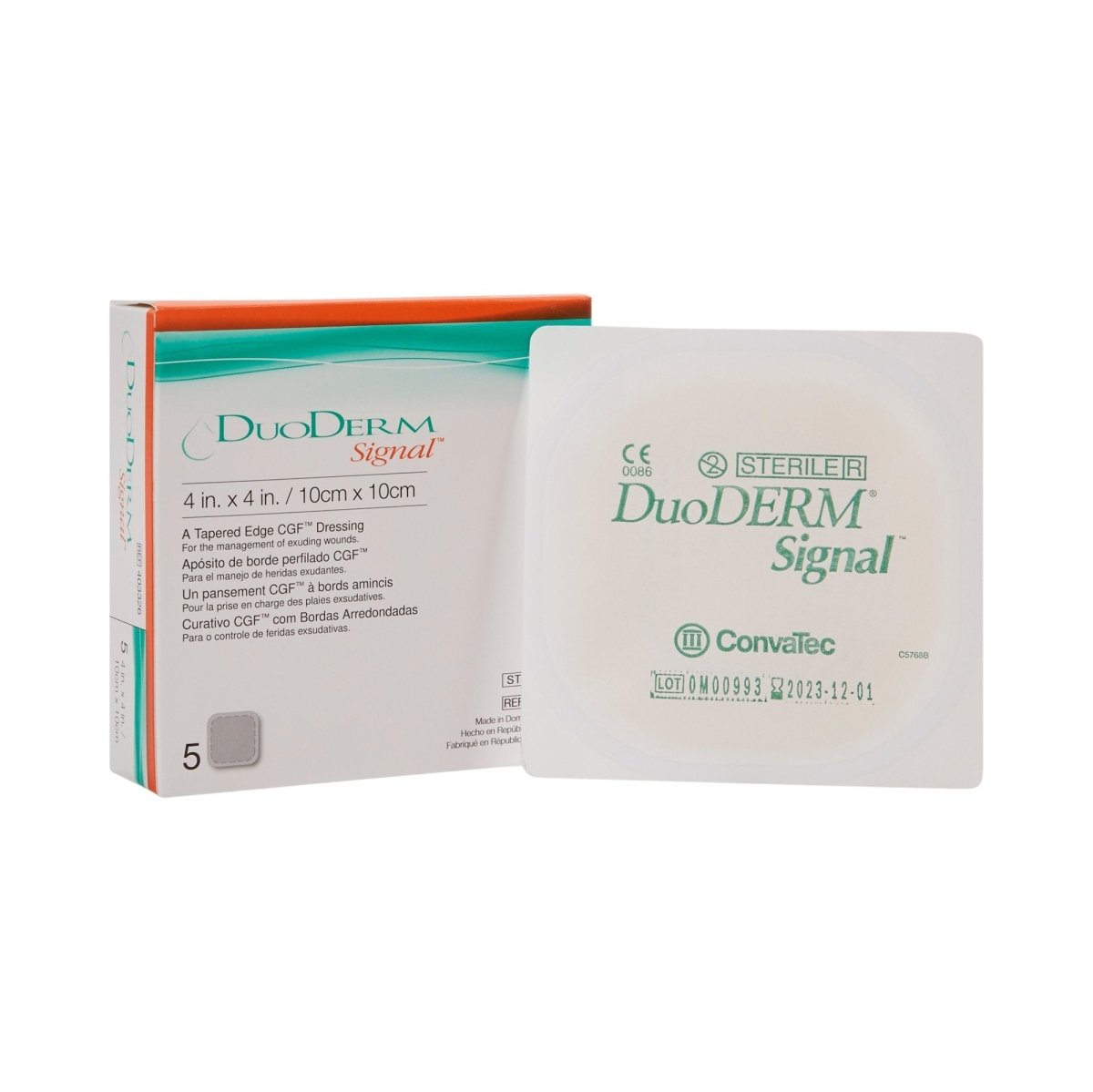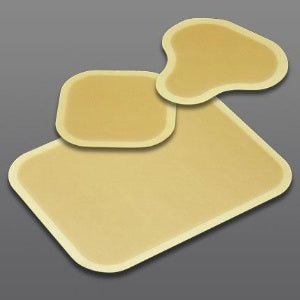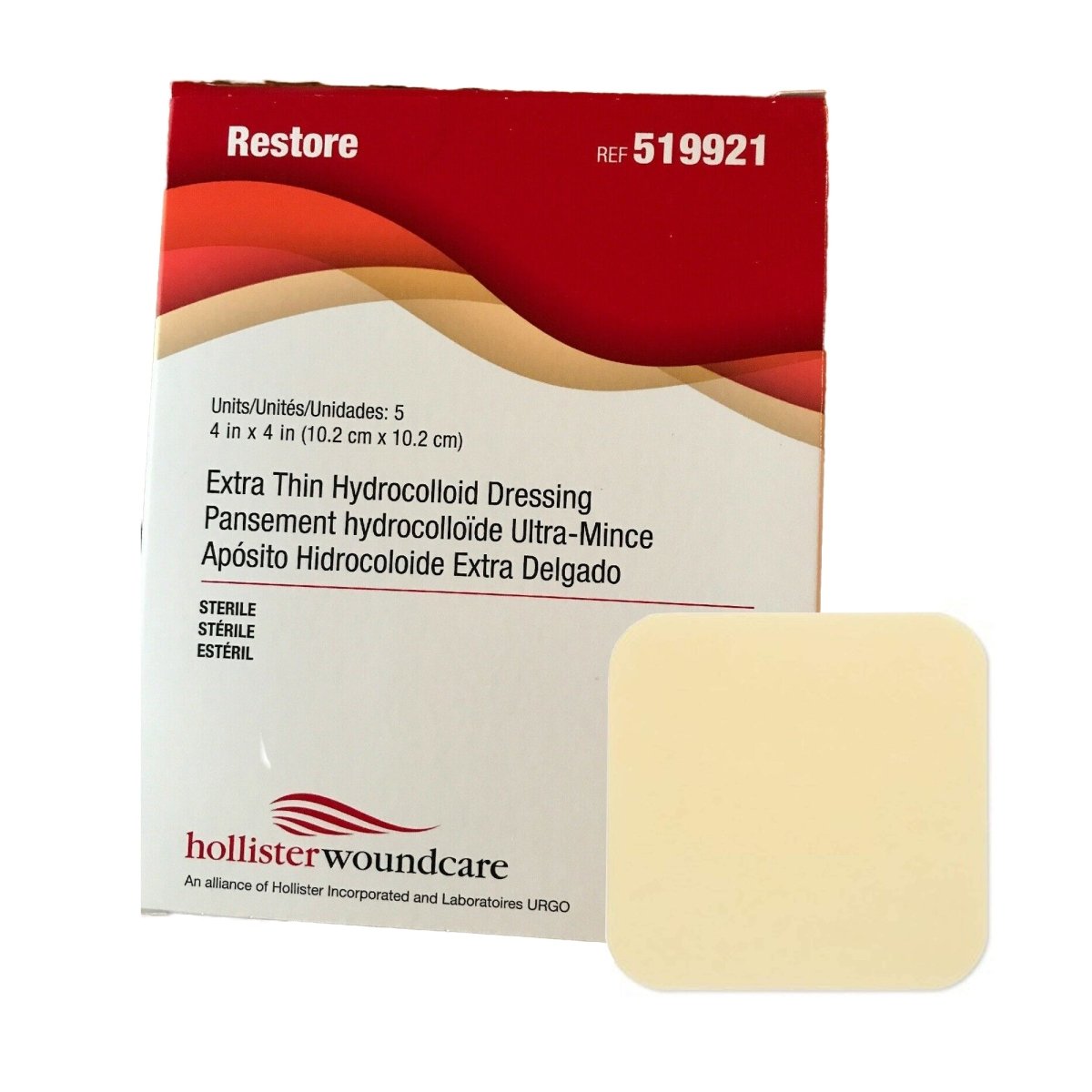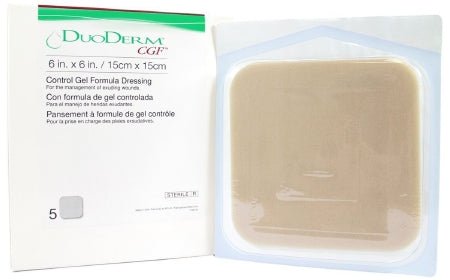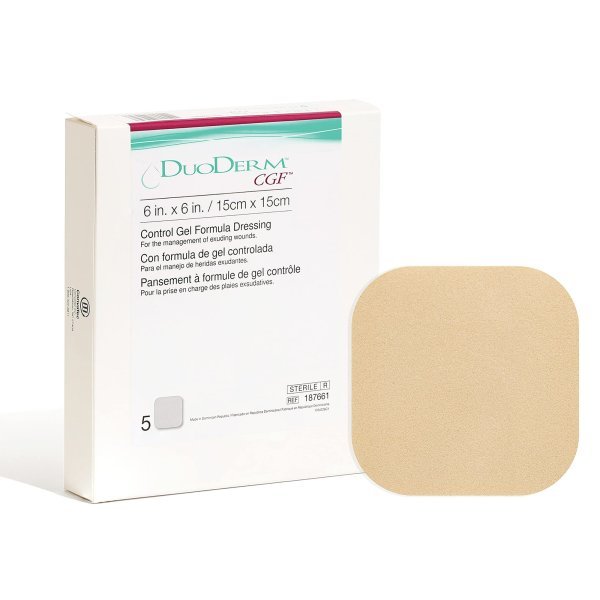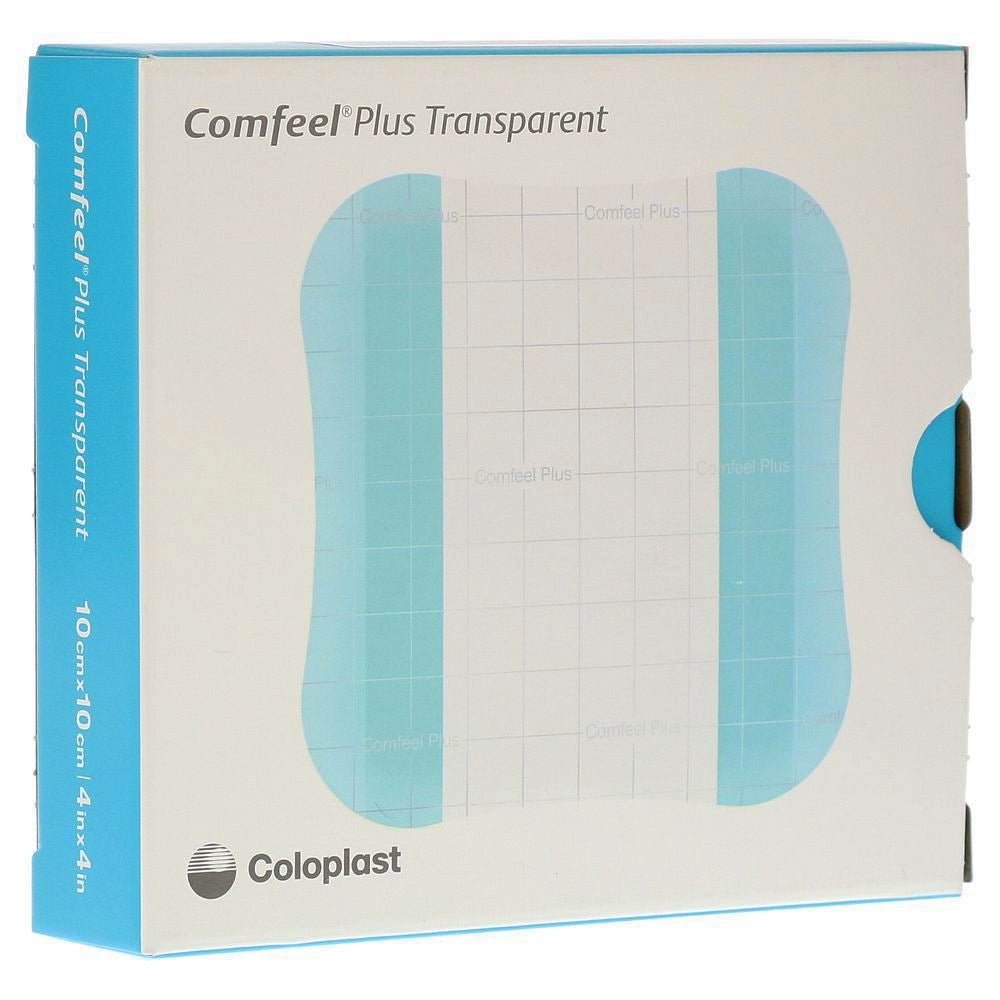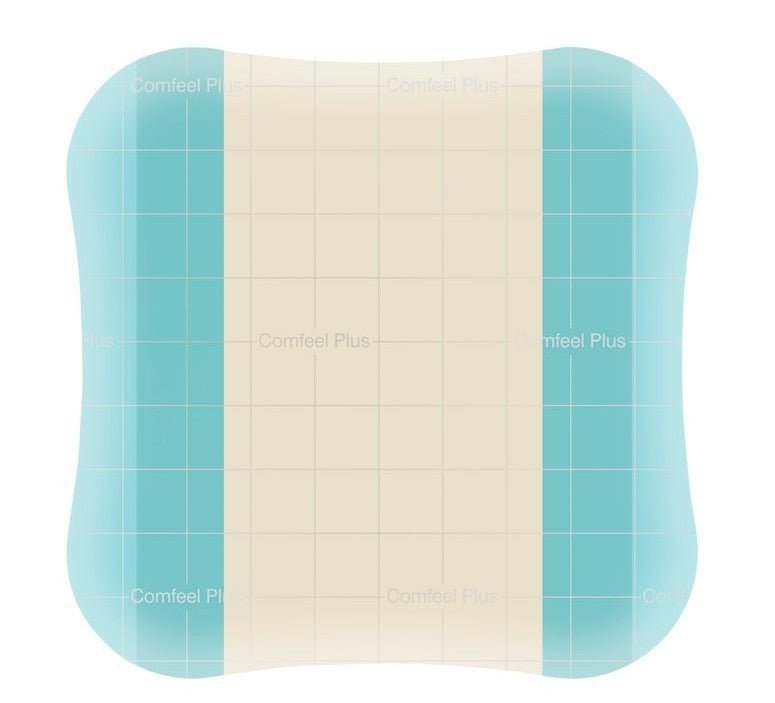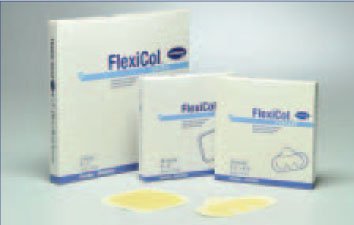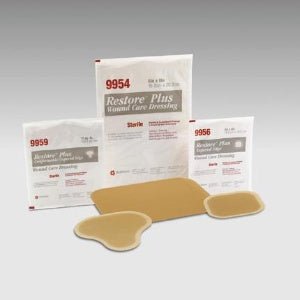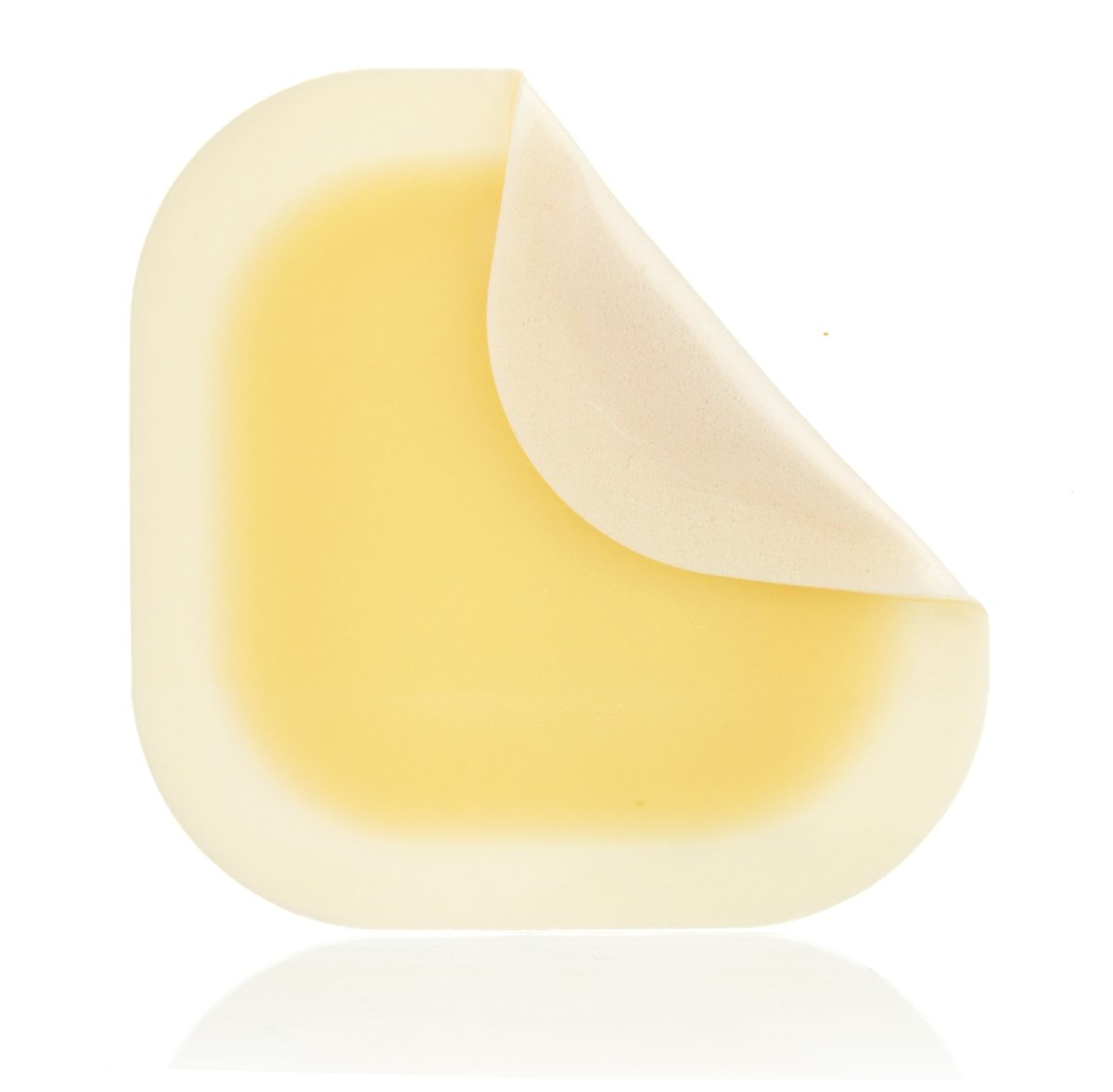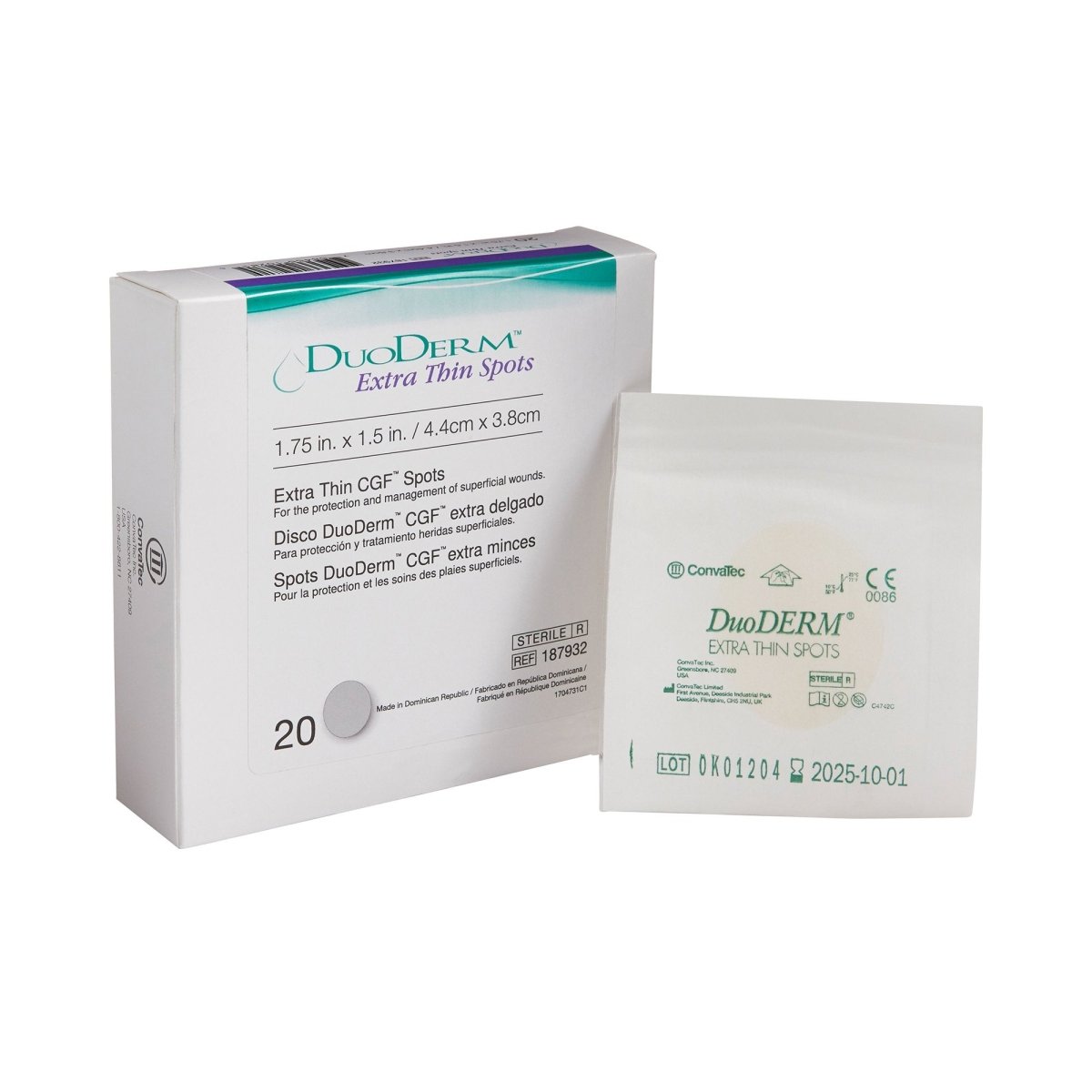Hydrocolloid dressings are commonly used to manage a variety of skin conditions, including pressure ulcers, venous stasis ulcers, and diabetic foot ulcers. They're made from a gel-like substance that's composed of hydrocolloids, which are water-absorbing polymers that help to maintain a moist environment around the wound.
There are several key benefits to using hydrocolloid dressings:
Promotes healing: Hydrocolloid dressings help to create a moist wound environment, which has been shown to promote faster wound healing.
Protects the wound: Hydrocolloid dressings help to protect the wound from bacteria and other contaminants, reducing the risk of infection.
Absorbs exudate: Hydrocolloid dressings are designed to absorb excess wound drainage, helping to keep the wound clean and dry.
Convenient: Hydrocolloid dressings are easy to apply and remove, and they can be left in place for several days without the need for frequent changes.
Non-adhesive: Many hydrocolloid dressings are non-adhesive, making them less painful and easier to remove than some other types of wound dressings.
Hydrocolloid dressings are available in a range of sizes and shapes to fit different types and locations of wounds. They are typically applied to the wound using a clean, dry technique, and can be left in place for several days before being removed and replaced with a new dressing.
There are a few precautions to keep in mind when using hydrocolloid dressings:
Monitor the wound: It is important to regularly monitor the wound and the dressing to ensure that it is functioning properly and promoting healing.
Avoid over-hydration: Hydrocolloid dressings should be used with caution in wounds that are prone to over-hydration, as excessive moisture can slow healing.
Avoid under-hydration: Hydrocolloid dressings should also be used with caution in wounds that are prone to under-hydration, as insufficient moisture can slow healing.
Avoid using on infected wounds: Hydrocolloid dressings should not be used on infected wounds, as they may promote the growth of bacteria.
Hydrocolloid dressings are great for managing a variety of skin conditions and promoting wound healing. They're convenient, easy to use, and provide a number of benefits, including promoting a moist wound environment, protecting the wound from bacteria, and absorbing excess drainage. However, it's important to use them with caution and to regularly monitor your wound and the dressing to ensure that they're working properly.
Frequently Asked Questions about Hydrocolloid Dressings
Do you still have questions about Hydrocolloid Dressings?
If we still haven't answered your question, you can contact us by phone or email and we will get back to you as soon as possible.

